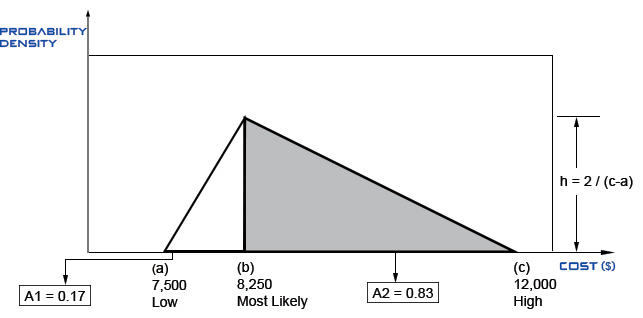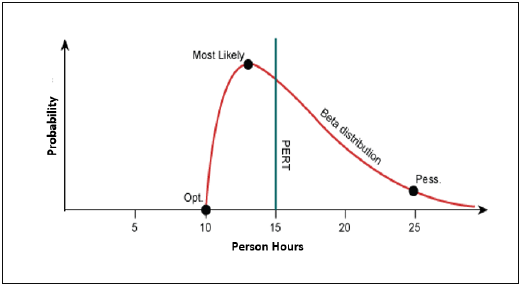Key words : Knowledge Transfert, Learning Curve, Student Syndrome, Parkinson’s Law, Triangular distribution, BETA distribution, PERT estimate
Some considerations :  Number of resources : Increasing the number of resources to TWICE the original number of resources DOES NOT ALWAYS reduce the time by half. Indeed, we must estimate the Knowledge Transfert costs and the Learning Curve Costs.
Number of resources : Increasing the number of resources to TWICE the original number of resources DOES NOT ALWAYS reduce the time by half. Indeed, we must estimate the Knowledge Transfert costs and the Learning Curve Costs. Advance in technologies (progrès technologique)
Advance in technologies (progrès technologique) Motivation of the Team : The PM (Project Manager) must be aware of :
Motivation of the Team : The PM (Project Manager) must be aware of :
- the Student Syndrome (Procrastination ie tomorrow is better to perform this task)
- The Parkinson’s Lauw (when work expands to fill the time available for its completion.

For the TRIANGULAR Distribution, This terms are often associated : ‘Simple average‘ or ‘Straight average‘, ‘No experience‘, ‘No Historical info‘.
This is a Linear Distribution and it not considers any risks. It gives the equal weight to the three-point estimates when you calculate the Expected Activity Duration or the costs.
Here is the formula :
Expected Activity Duration (EAD) = (P + M + 0) / 3
- P = Pessimistic estimation
- M = Most Likely estimation
- O = Optimistic estimation
BETA DISTRIBUTION

For the BETA Distribution, This terms are often associated : ‘Weight average‘ or ‘Historical datas‘, ‘Samples to work with‘.
This is a Non Linear Distribution and it considers the risks. It gives stronger consideration to the Most likely estimate (M) (also called PERT estimate) when you calculate the Expected Activity Duration or the costs.
PERT = Program Evaluation and Review Technique
Here is the formula :
Expected Activity Duration (EAD) = (P + 4M + 0) / 6
- P = Pessimistic estimation
- M = Most Likely estimation
- O = Optimistic estimation



